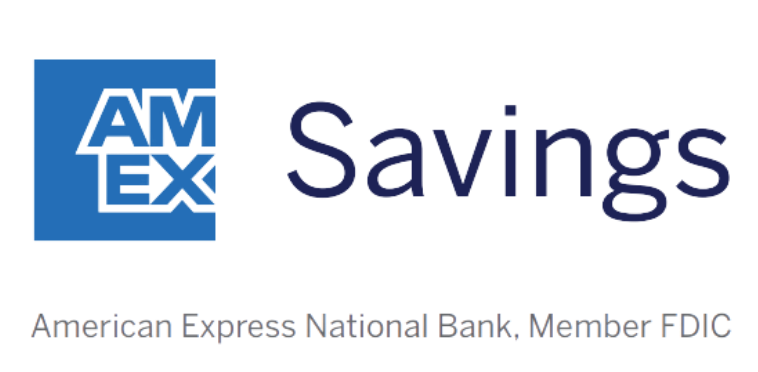Certificates of deposit (CDs) have been a popular savings tool over the past year because rates have been high. But the whole reason CDs — and savings accounts — were paying so generously is that the Federal Reserve’s benchmark interest rate was elevated following a series of hikes that took place in 2022 and 2023 to battle raging inflation.
Since inflation has cooled this year, the Fed is seeking to lower its benchmark interest rate gradually. It already made one rate cut in September, and more are likely to come in the next year.
But as the Fed lowers interest rates, CD rates are going to fall — it’s just a matter of by how much. So whether a CD will still be worth opening a year from now is questionable.
What CDs are paying today
Earlier this year, you could lock in a 5% CD pretty easily. At this point, 5% CDs are harder to find now that we’re about a month past the Fed’s first rate cut of the year.
Our Picks for the Best High-Yield Savings Accounts of 2024
|
Capital One 360 Performance Savings APY 4.00%
Rate info
Member FDIC.
|
APY 4.00%
Rate info |
Min. to earn $0 |
|
American Express® High Yield Savings 
APY 4.00%
Rate info
Member FDIC.
|
APY 4.00%
Rate info |
Min. to earn $0 |
|
CIT Platinum Savings 
APY 4.70% APY for balances of $5,000 or more
Rate info Min. to earn $100 to open account, $5,000 for max APY
Member FDIC.
|
APY 4.70% APY for balances of $5,000 or more
Rate info |
Min. to earn $100 to open account, $5,000 for max APY |
The good news, though, is that plenty of CDs are paying in the 4% range, which isn’t a bad deal at all. So it’s still a good time to put money into a CD. Click here for a list of the best CD rates available today.
What CDs may be paying in a year from now
The extent to which CD rates fall will depend on how much the Fed lowers its benchmark interest rate in the next 12 months. Without a crystal ball, it’s hard to pinpoint an exact number.
But here’s what we do know. In September, the Fed lowered its benchmark interest rate by half a percentage point. If it moves forward with six quarter-point rate cuts in the next year, which is certainly possible, then by this time next year, short-term CDs — meaning, those with a term of 12 months or less — may end up paying only about 2.5% to 3%.
However, it’ll be interesting to see what happens to longer-term CDs. In a typical economic environment, savers are rewarded with higher rates for long-term CDs than for short-term CDs due to the longer commitment.
Recently, that hasn’t been the case. Shorter-term CDs have been paying higher rates than longer-term CDs due to the fact that the Fed is expected to keep lowering rates. But by this time next year, the Fed may be done with rate cuts. So at that point, you may find that a 2-, 3-, or 4-year CD is going to pay you a higher rate than a 12-month CD.
Will longer-term CDs continue to pay 4%? That’s questionable. But it wouldn’t be surprising if, in a year from now, short-term CDs are paying 2.5% to 3% while longer-term CDs are paying 3% to 3.5%.
Will a CD make sense for you in a year?
When you’re thinking about opening a CD, you don’t want to consider just interest rates. You should also think about what you’re using the money for.
Generally speaking, CDs are a great savings tool for meeting short-term goals — ones with roughly a five-year time frame or less. But if you have money you don’t expect to use for a good number of years, then investing it could be a better bet.
Over the past 50 years, the S&P 500 has averaged a yearly 10% return, which accounts for years when the market did very well and years when stock values plunged. So if you have $5,000 to work with, you might get 3% a year out of a series of CDs, which would leave you with about $6,700 after 10 years. That’s a $1,700 gain.
But if you were to put that same $5,000 into a stock portfolio that generates a 10% yearly return for 10 years, it would leave you with about $13,000. That’s a gain of $8,000.
If you like the idea of investing your money instead of putting it into CDs, click here for a list of the best brokerage accounts to get started. But if CDs better align with your goals or comfort level, that’s okay, too. Just be prepared for the fact that they may not be paying nearly as much a year from now.

